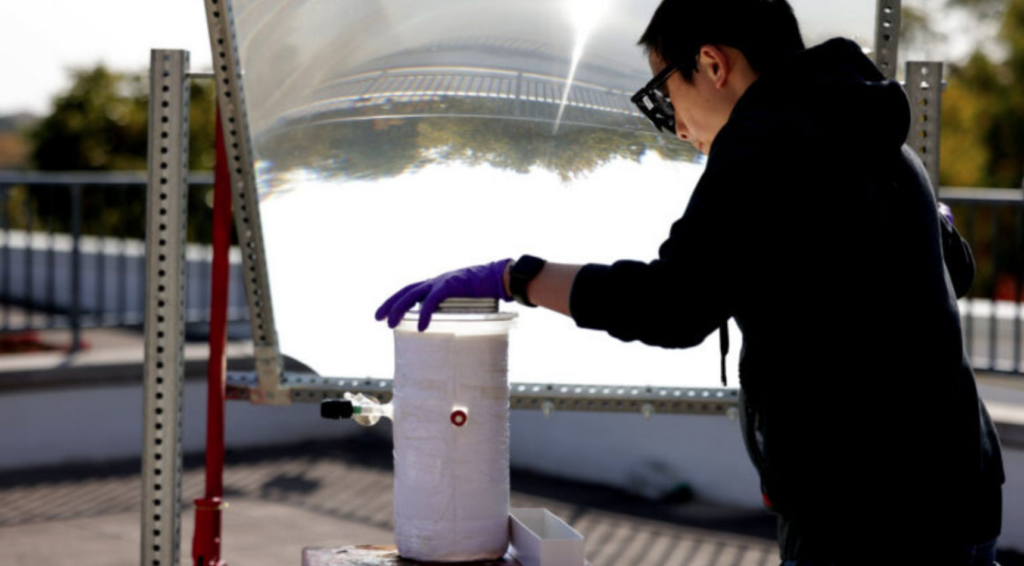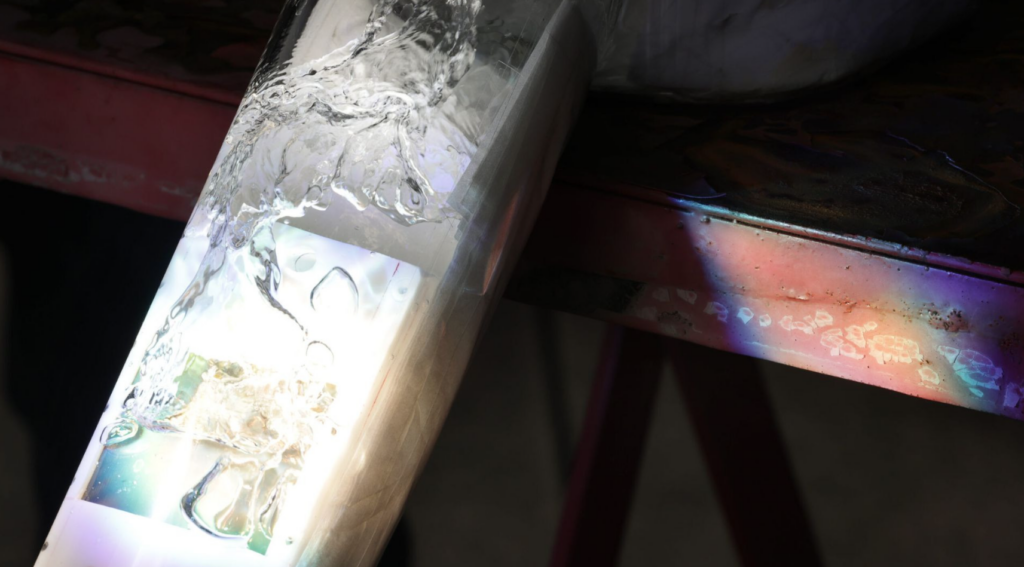Another kind of sun powered charger has accomplished nine percent productivity in changing over water into hydrogen and oxygen through a cycle known as counterfeit photosynthesis.
This is a significant forward leap as it is almost multiple times more proficient than past sunlight based water-dividing tests, as per a public statement by the College of Michigan distributed on Wednesday.
“Eventually, we accept that counterfeit photosynthesis gadgets will be significantly more effective than regular photosynthesis, which will give a way toward carbon nonpartisanship,” said Zetian Mi, U-M teacher of electrical and PC designing.
The group behind the review, drove by Mi, had the option to recoil the size of the semiconductor, normally the most costly piece of the gadget, and fostered a self-mending semiconductor that can endure focused light comparable to 160 suns.

This innovation can possibly fundamentally diminish the expense of maintainable hydrogen, which is required for the overwhelming majority substance processes and can be utilized as an independent fuel or as a part in practical powers made with reused carbon dioxide.
Cheap hydrogen
The outstanding result is the result of two turns of events. The first is the ability to concentrate daylight without harming the semiconductor used to catch it.
The subsequent technique includes parting water utilizing the higher energy piece of the sun range and warming the response by utilizing the lower energy part of the range.
A semiconductor impetus, which drives the wizardry, turns out to be better with utilization and endures the decay that normally happens while utilizing daylight to fuel synthetic responses, guarantees the official statement.

“We decreased the size of the semiconductor by in excess of multiple times contrasted with certain semiconductors just working at low light power,” said Peng Zhou, the principal creator of the review, a U-M examination individual in electrical and PC designing.
“Hydrogen created by our innovation could be extremely modest.”
The semiconductor can endure high temperatures that are reformatory to microchips as well as persevering through high light powers.
More intensity advances the hydrogen and oxygen to remain separated as opposed to re-framing their securities and parting the water, which speeds up the water-parting process. The group had the option to assemble additional hydrogen in light of these.
